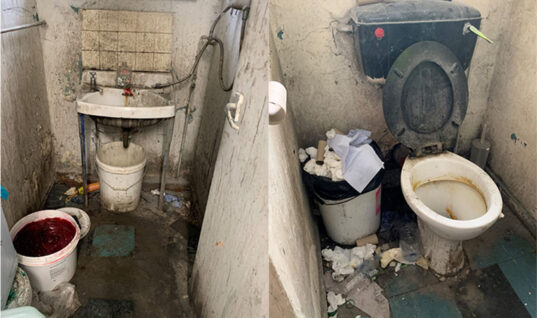This is a question that you may have asked yourself before – it’s a question the KYB technical team has been asked numerous times.
The answer to this question lies inside the body of the shock absorber, caused by the presence of a component known as a rebound spring.
To understand the role of the rebound spring, we must first understand the purpose of a shock absorber.
When a coil spring compresses after hitting a bump in the road, its instinct is to extend back to its regular height rapidly.
A shock absorber’s job is to counteract and absorb this rapid reaction, extending the spring back out to its natural height in a slower, more controlled manner.
Sometimes, shock absorbers will contain a rebound spring.
A rebound spring is a component that sits around the base of a piston rod, acting as an extra layer of internal cushioning that stops the bottom of the piston rod from hitting the top of the shock absorber cylinder when fully extended.
This prevents any damage to the internal piston rod guide and the oil seal, as well as improving smoothness and stability when cornering.
When a brand-new vehicle is launched to the market, it is common that the shock absorbers originally fitted to the vehicle will have rebound springs.
When the model eventually reaches maturity, the vehicle manufacturer will go through cost cutting measures, often leading to the rebound springs being removed entirely.
However, at this point, KYB aftermarket shock absorbers have been released, matching this initial design – this means that the KYB replacement unit will have a rebound spring included.
Sometimes the difference between an extended piston rod with and without a rebound spring can be as much as 50mm.
This difference often leads to confusion when comparing the new replacement part to the OE unit removed from the vehicle.
Due to the extra cushioning offered by a rebound spring, this often means that the piston rod will be incredibly hard to pull out to its full length when trying to attach a strut mount as the spring is simply in the way.
Whilst it may be tempting to try and pull the piston rod out to its full-length using pliers or mole grips, KYB strongly warns against doing this as it can cause damage to the oil seal on the piston rod and cause leakage.
Instead, KYB recommends that a good coil spring compressor will be able to compress the spring that extra amount required to allow the top nut to be screwed onto the piston rod.
There are also tools on the market, such as a strut controller, that will safely attach to the piston rod and extend it by the required distance to easily attach to the mounting kit.







